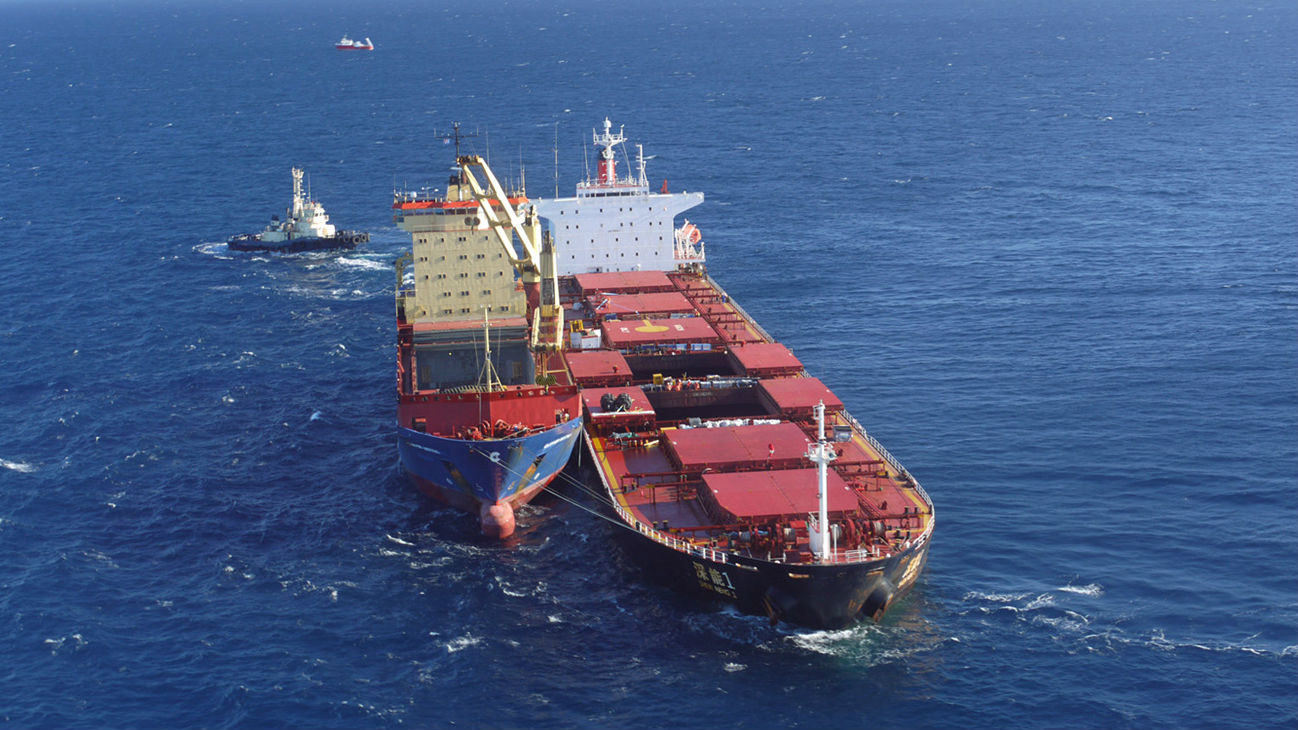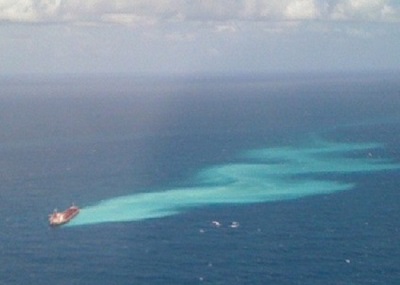Shen Neng 1 Owners Headed for Court

On April 3, 2010, the Chinese-registered bulk carrier Shen Neng 1 caused the largest known direct impact on a coral reef by a ship grounding.
When the ship ran aground at Douglas Shoal, north-east of Gladstone, Australia, it damaged an area covering 0.4 square kilometers (0.15 square miles). Of this, the Great Barrier Reef Marine Park Authority (GBRMPA) estimates 115,000 square meters (0.04 square miles) of the shoal were severely damaged or destroyed.
The vessel also left toxic anti-fouling paint on the reef and on substantial areas of loose coral rubble created by the grounding. The ship’s hull was seriously damaged by the grounding, with the engine room and six water ballast and fuel oil tanks being breached, resulting in a small amount of pollution into the water column as well.
 Despite ongoing attempts to have the ship’s owner pay for damages, Australia has been unsuccessful in securing funds from the shipowner Shenzhen Energy Transportation or its insurer to clean-up and remediate the site.
Despite ongoing attempts to have the ship’s owner pay for damages, Australia has been unsuccessful in securing funds from the shipowner Shenzhen Energy Transportation or its insurer to clean-up and remediate the site.
The Australian government has therefore decided to take legal action in Federal Court. The proceeding has been listed for trial for 15 days commencing in April 2016 in Brisbane.
Australia is seeking damages from the shipowner for the cost of remediation of the shoal or, as an alternative, orders requiring remediation of the shoal by the shipowner.
GBRMPA has voiced its great disappointment over the need to involve court action, particularly given the nature and scale of the incident, and the authority remains concerned about the long-term health of the shoal.
GBRMPA’s first priority in remediating the shoal would be to attempt to remove the remaining anti-fouling paint and residue. This would allow some natural recovery processes to begin.
In the meantime, the government remains committed to making every attempt to obtain a negotiated outcome with the shipowner for the clean-up and remediation of the shoal, said GBRMPA in a statement.
Investigation Findings
The Australian Transport Safety Bureau (ATSB) investigation found that the grounding of Shen Neng 1 occurred because the chief mate did not alter the ship’s course at the designated course alteration position. His monitoring of the ship’s position was ineffective and his actions were affected by fatigue.
The ATSB identified four safety issues during the investigation:
• there was no effective fatigue management system in place to ensure that the bridge watchkeepers were fit to stand a navigational watch after they had supervised the loading of a cargo of coal in Gladstone;
• there was insufficient guidance in relation to the proper use of passage plans, including electronic route plans, in the ship's safety management system;
• there were no visual cues to warn either the chief mate or the seaman on lookout duty, as to the underwater dangers directly ahead of the ship; and
• at the time of the grounding, the protections afforded by the requirement for compulsory pilotage and active monitoring of ships by REEFVTS, were not in place in the sea area off Gladstone.
